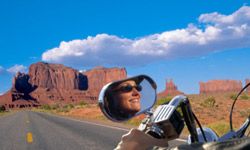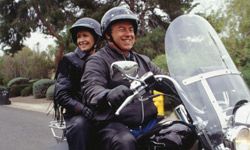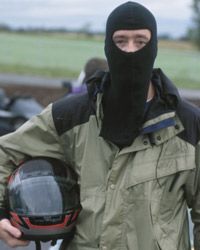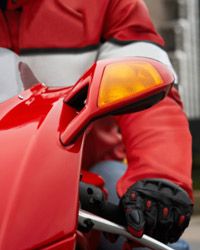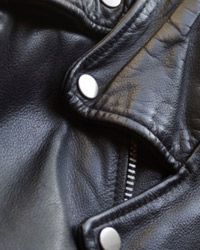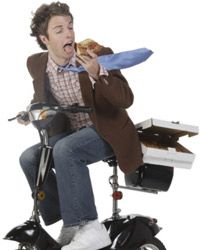One of the best things about owning a motorcycle is the freedom it affords. You can ride it anywhere a car can go, as well as dart down alleyways, if you prefer. You can park it pretty much wherever there is space, and since you're traveling light, you're always ready to rev up and go. With the wind in your face as you motor down the highway, you can almost believe that you're flying. But as the weather slowly turns from summer to fall and settles into winter, that same wind that gave you such freedom is now slowly chilling you to the bone. And there's nothing that ruins a ride more than being cold and uncomfortable. In fact, you might be tempted to garage your motorcycle for the season.
But that hardly seems like a fun option and, to be honest, you'd miss the old bike and the road during those long months of winter. If the thought of forgoing your rides for several months saddens you, then take heart, as there are plenty of ways to ride throughout the winter while protecting yourself from the elements and staying warm and toasty.
Advertisement
